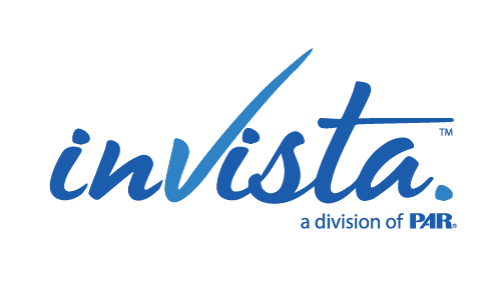In recognition of March being Women’s History Month, InVista is proud to offer a three-part series on women in the workplace. This is the first in our series of blogs investigating women in the workplace.
Women leaders are pushing for greater autonomy and career growth. Progressive organizations and human resource professionals recognize this, striving to create inclusive work environments that nurture female leadership capabilities while understanding the needs of their female employees. But are they going far enough?
According to McKinsey’s latest Women in the Workplace report, in partnership with LeanIn.Org, to make progress toward equality, companies need to go beyond “table stakes.” And if organizations are unwilling to take those necessary steps, women will leave—and in droves.
In the first part of this series, we will look at current barriers in the workplace climate and what HR professionals need to know. Plus, we examine how these challenges and inequities affect the advancement of women and the future of work.
Why authenticity matters
Despite the gender pay gap narrowing and other legislative progress in recent years, women are still underrepresented in leadership positions. So why do female professionals—particularly women of color—still face obstacles?
According to a SHRM article, Sucheta Misra, vice president of DEI for a consulting firm, states, “One area where I see women having difficulty is that organizations often don’t leave space for women to show up authentically in their leadership styles. Instead, women are expected to fit the mold of how we’ve been conditioned to see leadership. That mold has typically been a white male leader.” What happens when women are forced to fit this mold? According to the article, three problems emerge:
- Women start questioning themselves and their ability to show up with authenticity.
- Women show up in a way that may not feel natural, triggering feelings of imposter syndrome.
- The issue becomes harder for women of color because they see so few women of color in leadership positions.
Forcing women in the workforce to conform may cause organizations to miss out on the critical viewpoints and strengths of that come with having diverse leadership.
Biases and the broken rung
According to the McKinsey report referenced earlier, women lose the most ground at the first step up the ladder to manager—also known as the broken rung. The McKinsey report goes on to say that for every 100 men promoted from entry-level roles to manager positions, only 87 women are promoted, and just 82 women of color. So, what’s happening during this transition?
According to a Harvard Business Review (HBR) survey, three biases creep in during this time: unfair assumptions, unhelpful attention, and unequal access. Unfair assumptions refer to ingrained gender stereotypes that often hamper women at midcareer. One of the most common of these assumptions is that female leaders with families are less committed to their careers than their male peers. Unhelpful attention often involves hyper-scrutiny and skepticism. This issue appears in the well-known competence versus likability bind, which often paints women as being too soft or too cruel, too mothering or too assertive.
The women in the survey also note how networks become highly gendered at midcareer, with men having superior access to senior leaders—leading to unequal access. According to the HBR article, these three biases often lead to discrimination against women regarding hiring, promotion, and pay.
The “Great Breakup”
Research shows that women are currently leaving companies at higher rates in search of organizations that will meet their demands. What’s causing the mass exodus? McKinsey’s report reveals the top issues causing the “Great Breakup.” According to the findings:
- Women are doing more to support employee wellbeing and inclusive initiatives. This work is causing burnout and is often overlooked and undervalued.
- Women leaders also want companies to prioritize employee wellbeing, flexibility, and DEI efforts. The analysis reveals, “Young women place a higher premium on working in a supportive and inclusive workplace. They’re watching senior women leave for better opportunities, and they’re prepared to do the same.”
Next stop: Finding the right solutions
What are HR professionals doing to address these workplace biases and barriers? How can organizations keep their rising female talent? Check back for part two of our series when we reveal forward-thinking measures HR leaders and companies can take to create a more equitable workplace for women.


Recent Comments